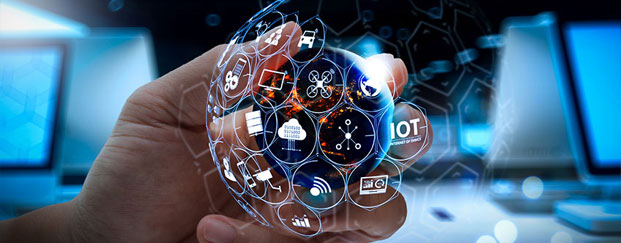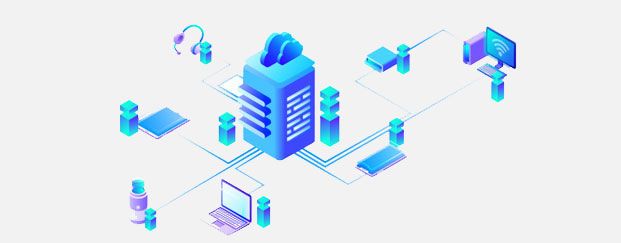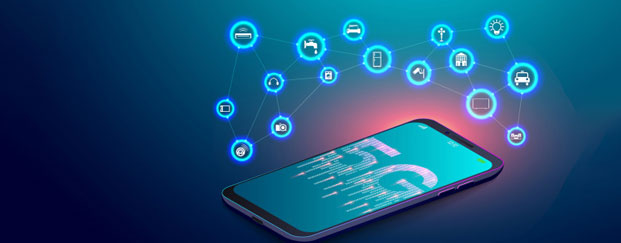IoT Security

Security technologies will be required to protect IoT devices and platforms from both information attacks and physical tampering, to encrypt their communications, and to address new challenges such as impersonating "things" or denial-of-sleep attacks that drain batteries. IoT security will be complicated by the fact that many "things" use simple processors and operating systems that may not support sophisticated security approaches.
IoT Analytics

IoT business models will exploit the information collected by "things" in many ways, which will demand new analytic tools and algorithms. As data volumes increase over the next five years, the needs of the IoT may diverge further from traditional analytics.
IoT Device (Thing) Management

Long-lived nontrivial "things" will require management and monitoring, including device monitoring, firmware and software updates, diagnostics, crash analysis and reporting, physical management, and security management. Tools must be capable of managing and monitoring thousands and perhaps even millions of devices.
Low-Power, Short-Range IoT Networks

Low-power, short-range networks will dominate wireless IoT connectivity through 2025, far outnumbering connections using wide-area IoT networks. However, commercial and technical trade-offs mean that many solutions will coexist, with no single dominant winner.
Low-Power, Wide-Area Networks

Traditional cellular networks don't deliver a good combination of technical features and operational cost for those IoT applications that need wide-area coverage combined with relatively low bandwidth, good battery life, low hardware and operating cost, and high connection density. Emerging standards such as narrowband IoT will likely dominate this space.
Event Stream Processing

Some IoT applications will generate extremely high data rates that must be analysed in real time. Systems creating tens of thousands of events per second are common, and millions of events per second can occur in some situations. To address such requirements, distributed stream computing platforms have emerged that can process very high-rate data streams and perform tasks such as real-time analytics and pattern identification.
Contact Us
Main: (425)-519-9030
Toll Free: (866)-462-3032


-
Contact Us
Main: (425)-519-9030
Toll Free: (866)-462-3032

